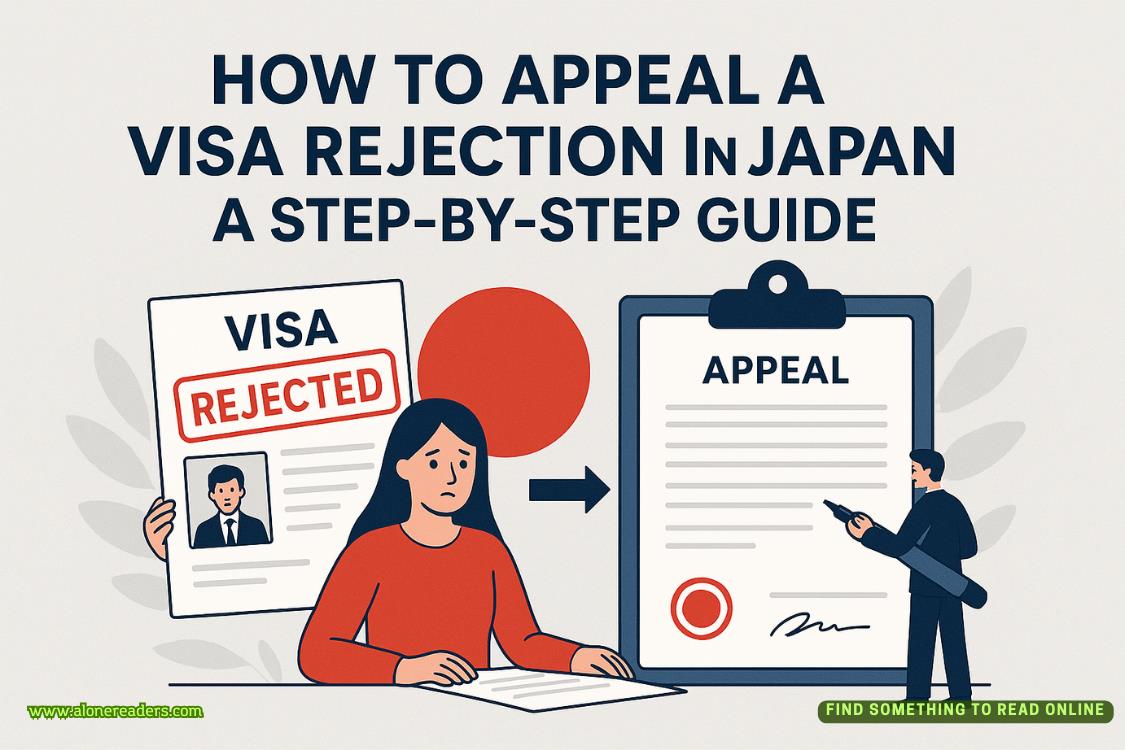Page 88 of The Oligarch's Daughter
“Great use of light and shadow.” Paul said.
“Notice the rats scrambling onto the bed?”
“Oh, yes.”
“This chick,” the man said, pointing at the young woman standing on the bed, “was going around the salons of Rome during the reign of Catherine the Great claiming she was therealheir to the Russian throne. She said she was the daughter of Empress Elizabeth. Turned out to be a real threat to Catherine—who’d seized power in a coup. So Catherine laid a clever trap. She sent her former lover, Count Alexei Orlov, to Italy to seduce the woman. He pretended to fall in love with her and then invited her to get married on board his ship in the waters off Tuscany. Soon as she boarded the ship, she was clapped in shackles, kidnapped, and hauled back to Mother Russia. Imprisoned for life. Died in prison.”
Paul smiled at the chatty older man. “So was she really the daughter of the empress?”
“No one knows. She was just one in a long line of pretenders to the Russian throne. Russia had lots of them. More than in most countries. And this was Catherine’s way of saying to all of Russia, ‘Don’t fuck with me, fellas.’ Now, that’s how you stay in power in this country. I’m Andrew, by the way.” He shook Paul’s hand firmly and turned to leave.
Paul felt something in his hand, something small and rigid, like a hotel key card, and when he glanced around to look for the tourist, the man had already disappeared into the crowd.
*
By instinct, Paul didn’t look at the little card until he’d left the hall.
On it was printed, in Russian, “11 Lavrushinsky Lane.” Underneath that, in black Sharpie marker, was scrawled “9C.” The Tretyakov Gallery was also located on Lavrushinsky Lane, so the hotel the card was from had to be nearby.
He retrieved the carry-on case from the cloakroom on the first floor and exited the building. As he did so, he hit the phone number he had called back fifteen minutes before. “What’s going on?” he said when the man answered. “I thought we were meeting in front of the painting.”
“Last-minute change of plans. Didn’t want to take the chance.”
“Was I followed?”
“Apparently not. You weren’t. Well done. Me, I can’t be certain. I’m in the apartment building right across the street.”
Paul spotted the modern apartment complex and crossed the street. Passing a well-tended flower garden, he found the entrance. A small, empty lobby furnished with a few easy chairs. There was a bank of mailboxes and an internal door with a card reader affixed to its side, which the key card buzzed open.
Down a gray-carpeted hall on the right was an elevator. He entered it and hit 9. Nothing happened, so he waved the key card in front of the card reader under the number panel, and the elevator doors closed.
Apartment 9C was down the hall on the left. He tried the key card there, but got no response. He hit a doorbell, and the door came right open.
Standing there was “Andrew,” the tourist from the gallery, the bulky white-haired man, only now he wasn’t wearing a Cubs cap. Paul entered quickly, and the door shut behind him.
He’d entered a spacious and utterly empty apartment: an expanse of polished wooden floors in a herringbone pattern, white walls, no furniture. “I’d offer you a seat, but as you can see, I don’t have any. My name is Aaron. I’m a friend of Mark Addison’s.” The man had an acne-scarred face, chapped lips, and thinning white hair.
“What happened to ‘Andrew’?”
Aaron shook his head. “Sorry about all the precautions. It’s for your own good.”
“Mark said the KGB doesn’t follow foreigners around so much anymore.”
“It’s the FSB now, and it’s different for American embassy employees. For us, life hasn’t changed that much. Listen, I’ll make this quick.” From the floor, he pulled a burnished leather briefcase—identical, Paul realized, to the one Arkady Galkin carried. “This way.”
Paul followed him into the spacious empty kitchen, where they stopped before a large island topped with black granite. There the man set down the briefcase. He unzipped it and pulled out a small, squarish white tile.
“That an Apple AirTag?” Paul asked.
“Modified. It doesn’t reach out to other Apple devices like the AirTag does. It’s a non-emissive passive transponder. Here’s all you do.”
He slipped the tile into the briefcase and immediately pulled his empty hand out. “You put it into the inside-facing side of a pocket. It’ll adhere to the leather. Try it.”
“How am I supposed to do this?”
“All you need is twenty seconds alone.”
“With Galkin’s briefcase?”















